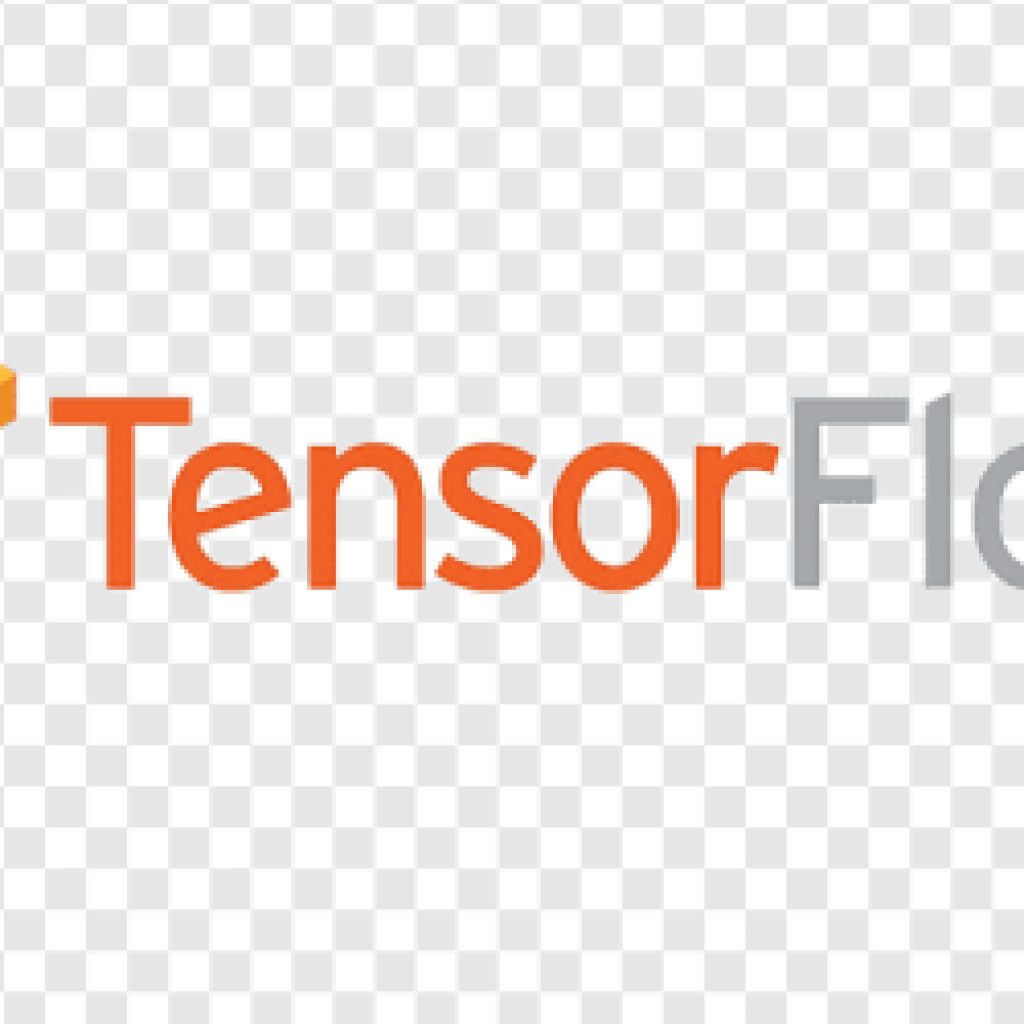(InformationWeek) TensorFlow has long been available for Python, but the introduction of TensorFlow Quantum, however, is the most intriguing addition. It introduces users to the emerging research of quantum computing. The excitement for quantum computing lies in its opportunity to reimagine how real-world applications like health care, internet services, and data security deliver its features and benefits.
Where conventional data relies on bytes represented solely as 0s or 1s, quantum computing relies on a composition of energy levels as 0s and 1s. The composition is fluid — it can be either 0 or 1, a percentage of 0 or 1 or both (called superposition). The measurement of energy levels is called packets, such as electrons having energy states.
Computing manages packets as qubits, a mix of byte and energy levels. Computing qubits requires the application of circuits, called cirqs. Cirqs act as gates that allow predicted behavior from qubits to be calculated and then structured into a model. Although quantum data differs in structure from traditional data, TensorFlow Quantum users can leverage their Python knowledge to rapidly create models. User write cirqs in Python, then print a cirq diagram on screen to evaluate the structure.
Thus, TensorFlow models are meant to link coding ability in Python to interpret quantum computing behavior. Modeling techniques such as early stopping may not translate exactly into quantum theories, but its purpose — to place a limit on a model optimization as it trains on data — can influence how practitioners relate classical machine learning principles to their budding understanding of quantum computing. The benefit is a focus on innovation within a familiar framework.
TensorFlow Quantum Offers a Focus on Innovation Within a Familiar Framework
